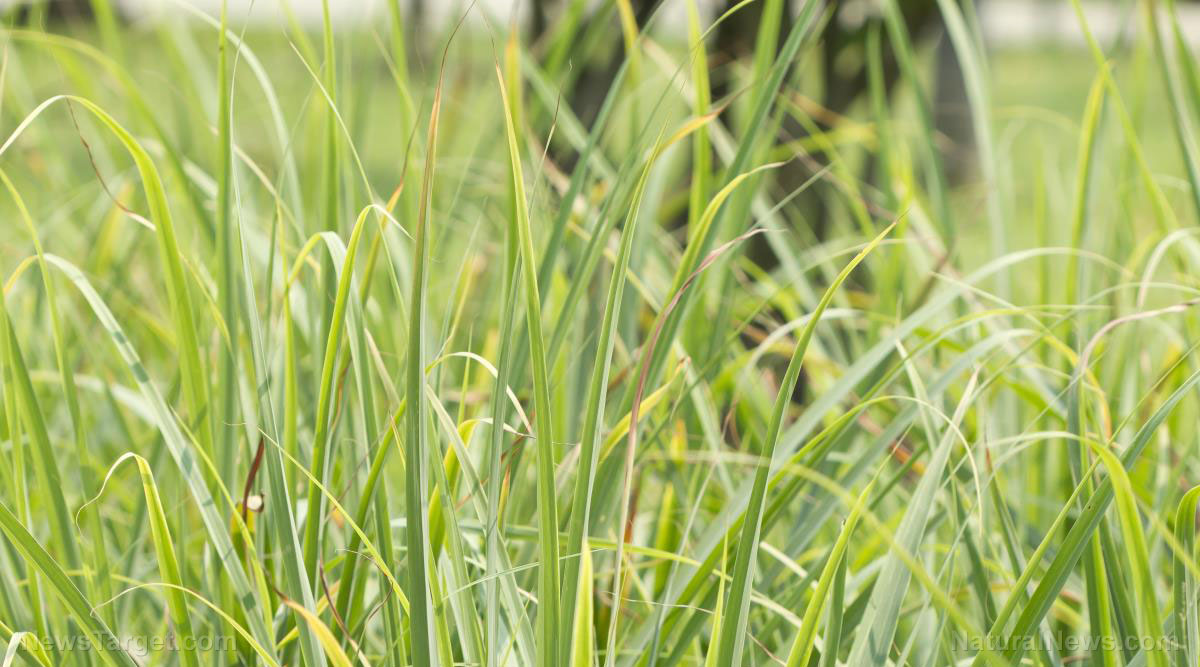A traditional Ayurvedic herb is a promising candidate for treating cancer naturally
10/02/2018 / By Ellaine Castillo

The potent carcinogen 4-nitroquinoline 1-oxide (4-NQO) causes cancer by inducing oxidative stress. Researchers from Vellore Institute of Technology found that the Indian trumpet flower (Oroxylum indicum (L.)) inhibits oxidative stress and protects the liver from damage that could progress to cancer. Their finding, which was published in BMC Complementary and Alternative Medicine, was based on the results of in vivo experiments.
- The Indian trumpet flower is traditionally used in the Ayurvedic school of medicine for the treatment of diseases like diarrhea, fever, cancer, ulcer, and jaundice.
- Previous studies have shown that the Indian trumpet flower contains chrysin, oroxylin-A, scutellarin, and baicalein. These bioactive compounds have medicinally important properties, such as antibacterial and anticancer properties for chrysin and baicalein.
- In vivo determination of antioxidant activity was conducted on albino Wistar rats with 4-NQO induced oxidative stress.
- Extracts used as treatment were acquired from the leaves of the Indian trumpet flower.
The results of this study show that leaf extracts of the Indian trumpet flower works in a dose-dependent manner to reduce 4-NQO induced oxidative stress, as well as protect the liver from oxidative stress-induced tissue damage. These prove that the Indian trumpet flower anti-hepatotoxic, antioxidant and hepatoprotective activity, which they hypothesized to be caused by bioactive compounds in the extract, specifically, baicalein.
Read the full text of the study at this link.
Learn more about the Indian trumpet flower and how it can potentially cure cancer by visiting Herbs.news today.
Journal Reference:
Mohan S, Thiagarajan K, Sundaramoorthy B, Gurung V, Barpande M, Agarwal S, Chandrasekaran R. ALLEVIATION OF 4-NITROQUINOLINE 1-OXIDE INDUCED OXIDATIVE STRESS BY OROXYLUM INDICUM (L.) LEAF EXTRACT IN ALBINO WISTAR RATS. BMC Complementary and Alternative Medicine. 19 July 2016;16(229). DOI: 10.1186/s12906-016-1186-x
Tagged Under: 4-nitroquinoline 1-oxide, 4-NQO, alternative cures, alternative medicine, anti-hepatotoxic, antioxidant, baicalein, cancer, cancer treatment, carcinogen, chrysin, Hepatoprotective, Indian trumpet flower, Liver, liver health, natural cures, oroxylin-A, Oroxylum indicum, oxidative stress, scutellarin




















